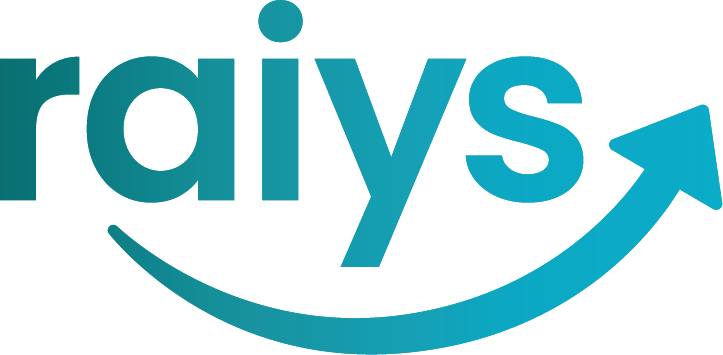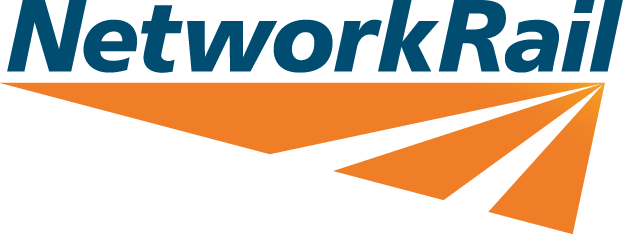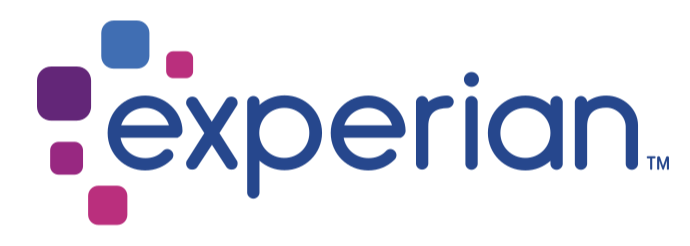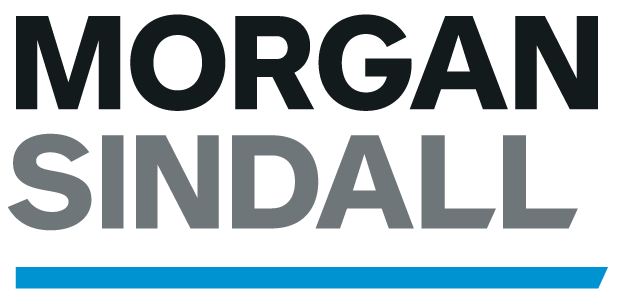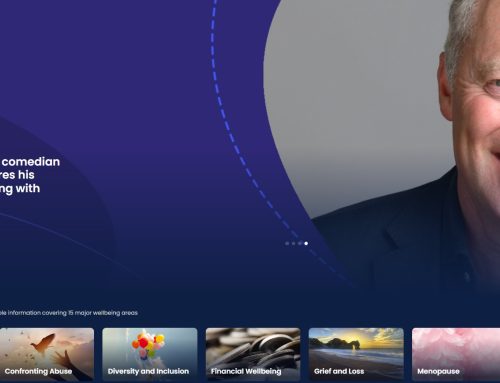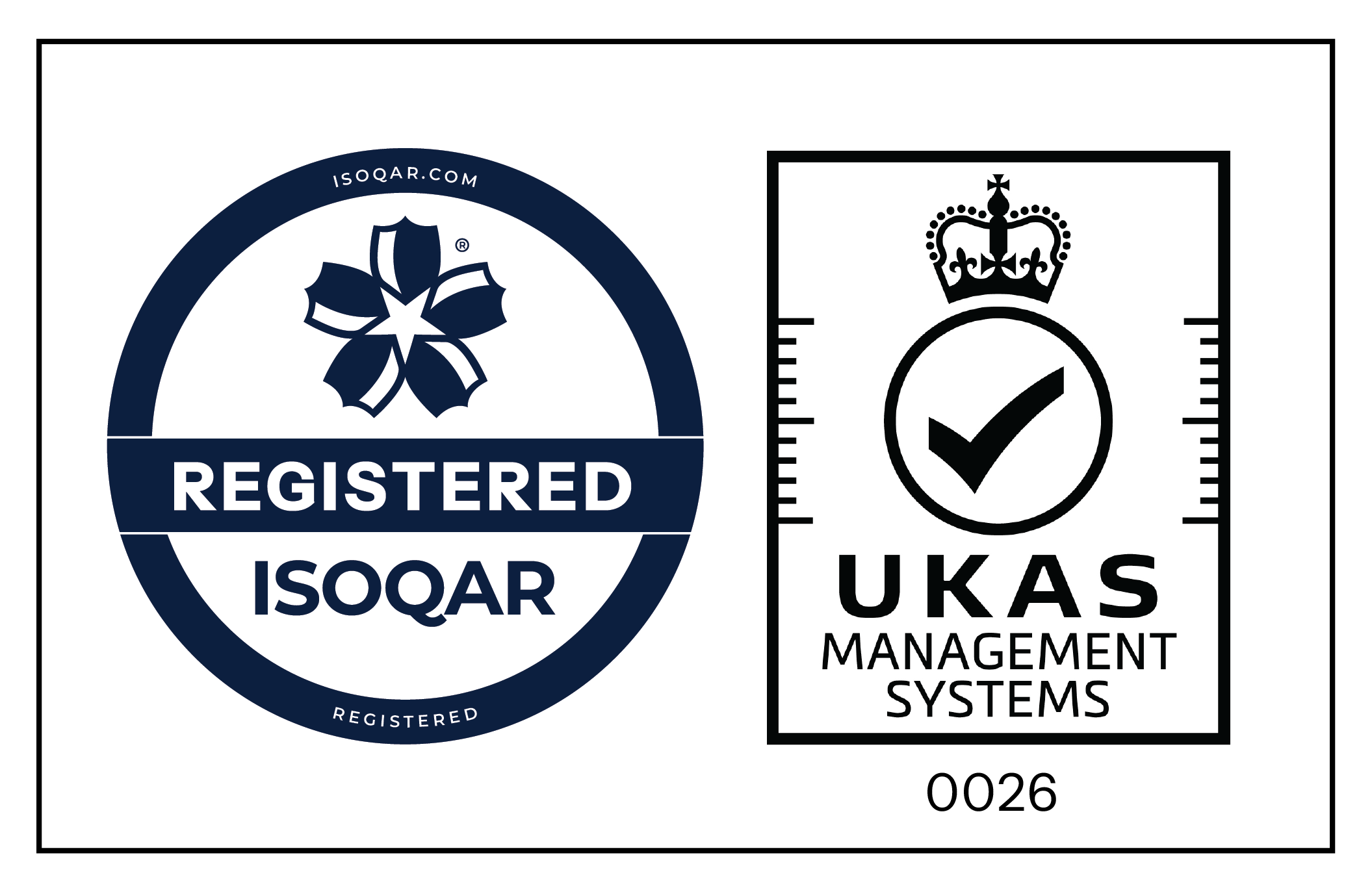The World Health Organisation recognise employee burnout as an occupational hazard that leads to:
Reduced energy and exhaustion
Reduced employee engagement and productivity
Burnout is caused by prolonged exposure to stress and is often associated with further mental health difficulties. It’s a phenomenon that’s been recognised as affecting employee work for some years.
However the effect of the pandemic, causing an increase in working from home, alongside an evolving 24/7 work culture, has made it even more difficult for employees to truly switch off from work and maintain boundaries which naturally reduce stress by ensuring space for effective recovery.
The reduced direct contact with employees caused by working remotely also means that it’s more challenging to monitor individuals and know when to act as a manager, to prevent employee burnout.
This in itself can be a source of stress for conscientious high-level staff, increasing their own risk of experiencing job burnout. Research on burnout indicates that employees who care deepest about their work are most susceptible to it. This means that some of our most valuable employees as well as ourselves could be at risk of burnout.
Savvy companies recognise the actions of their managers reduce burnout and can also potentially increase it. Because of the impact of burnout on employee engagement and productivity, it makes good business sense to optimise and promote actions that reduce stress and the risk of burnout.
What can managers do to support employees?
Managers have a key role to play in preventing burnout. This is about recognising the importance of your role in influencing workplace culture and using this influence to support employees and yourself. Two ways you can make a difference are:
Leading by example
Fostering a culture of connection that supports employees: whether we are working remotely OR from a fixed base.
It’s not about working harder, longer or increasing your own stress levels, it is about building the kind of workplace that’s a natural antidote to burnout, one that supports a healthy work-life balance and focuses on employee engagement so they can take responsibility for their stress management. Here are some tips for bringing these principles into your own workplace:
Take your holidays and breaks properly
Annual Leave, lunch and even short comfort breaks are vital circuit breakers that ensure stress doesn’t become persistent, which you may recall is the chief factor responsible for increasing the risk of burnout. We need to take those breaks and use them properly. Not only for our benefit but so we’re also demonstrating good practice to our staff and encouraging them to do the same.
So take your breaks, use all the time you’re entitled to and properly disconnect. Turn on your ‘out of office’, leave the work phone. Doing this will mean your employees will feel confident they can also do the same.
Practice Open and Honest Communication
Uncertainty and unknowns create employee stress. Where at all possible try and ensure team members are kept in the loop by giving timely and transparent updates on company goals and expectations. This is particularly important when onboarding new staff, so that new team members are fully aware of what their jobs entail, which means they can then make informed decisions on whether work and home life are compatible.
This also goes both ways, encourage employees to speak candidly and openly about perceived blockers and worries, this helps reduce stress for them and you as they have an opportunity to vent and receive manager support and you have a greater insight regarding what may be on the horizon.
Take advantage of tools to be flexible with the schedule
Over the last couple of years, we’ve needed our employees to adapt to work circumstances to prevent the spread of Covid. Thankfully, remote working tools such as virtual meeting software and collaborative working platforms have given us the means to do this.
Effective employers now realise that we aren’t limited to the standard 9-5 office-based working day as we once were. Use this to support your employees who are managing busy lives both inside and outside work. Where possible let team members set their schedule and work out the most effective way to manage work and home commitments. This will give them the opportunity to create optimal work-life balance as well as provide a sense of autonomy and control.
Connect
Make employee engagement a priority. This isn’t about micro-management or checking in on tasks, it’s about getting to know your team members as individuals and helping them feel supported. It’s also about creating a forum where you can show appreciation for work done, explore how company values align with individual employee values and monitor current challenges and workload in case manager support is needed to reduce stress.
Influence Culture
Managers set the tone for a workplace. Although staff who have gone above and beyond must be recognized and celebrated, we should be wary of establishing a precedent where working over our paid hours is normalised and expected.
Encourage employees to take back the time they are owed and recognize employees who’ve done great things within the constraints of their working hours too.
Seven things you can do today to reduce stress and risk of burnout for yourself and team members
- Finish work on time
- Take breaks away from your desk
- Don’t respond to work emails or phone calls during your lunch break
- Recognise a team member’s achievements that have been done within the expected working day
- Check-in on how each member of your team is doing and ask about home life as well as work
- Give a team member scope to plan and manage their work commitments creatively
- Encourage a team member who is struggling with stress to take a proper break
Key takeaways:
- There are multiple phases to burnout
- Your influence as a manager can make a huge difference
- Practise open and honest communication
- Influence work culture for the better
- Lead by example
At Raiys we transform employee and organisational wellbeing by turning behavioural science into actionable services and programs, all powered by cutting-edge technology. Get in touch with us to find out more.
